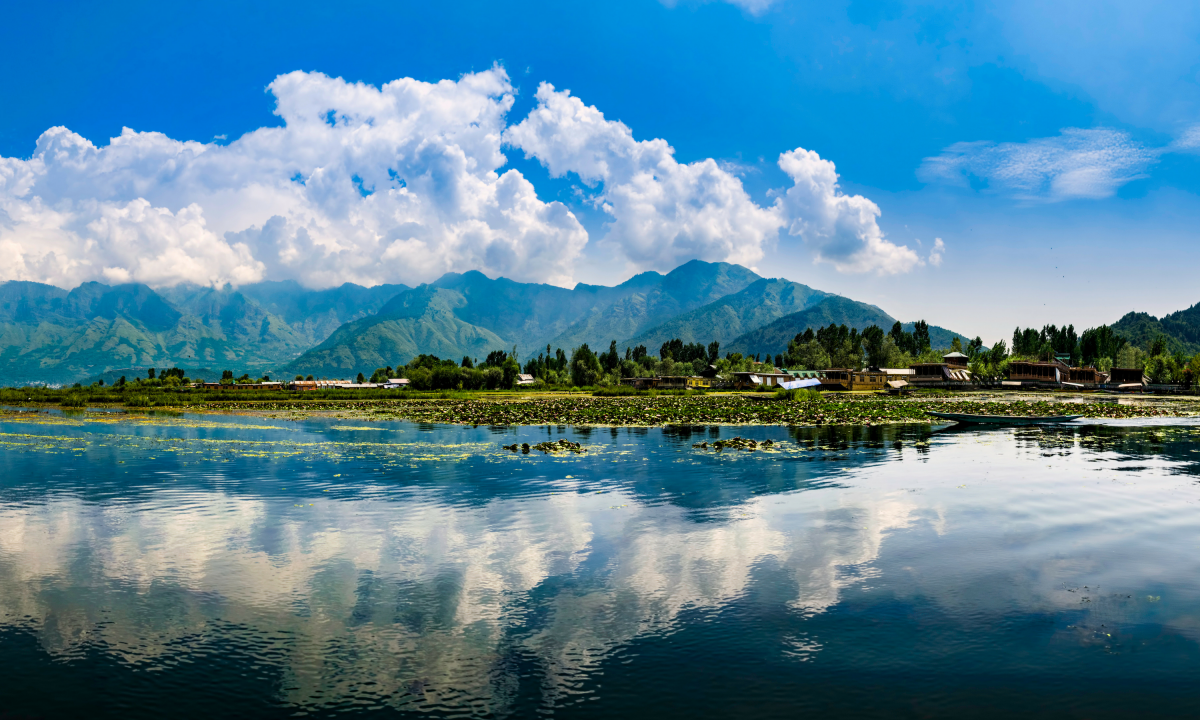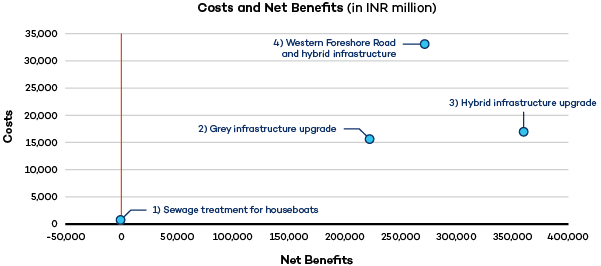IISD was invited by the
The
We identified these scenarios in collaboration with the many public stakeholders in Srinagar. They include the Department of Tourism of Jammu & Kashmir, the Urban Environmental Engineering Department, the Jammu & Kashmir Lakes and Waterways Development Authority, and the Scientific Advisory Committee for the conservation of Lake Dal.
Scenarios in this assessment were designed to address the most material concerns tabled by stakeholders. These include:
- Sewage treatment plants in and around Srinagar need urgent upgrades. They also overflow during heavy rainfall.
- Sewage treatment plants and pumping stations shut down during electricity blackouts. Some plants continue to operate on diesel generators.
- Sewage from houseboats, which serve as accommodations for tourists, is perceived as the most significant source of untreated sewage.
- Encroachment by informal lake dwellers living at the periphery of and on the lake is increasing the inflow of untreated sewage, with adverse impacts for the adjoining wetlands.
- Plans to construct the 20 km Western Foreshore Road along Lake Dal.
The Simulation Scenarios
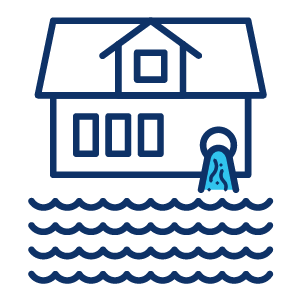
Scenario 0: Business-as-usual (BAU)
The status quo of 2018 prevails:
- 75% of the lake’s periphery is connected to the sewage network.
- Sewage from lake dwellers and houseboats not connected to the sewage network flows into the lake untreated.
- Sewage treatment plants overflow during heavy rainfalls and electricity blackouts.
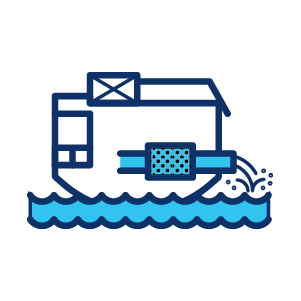
Scenario 1: Sewage treatment for houseboats only
- On-site sewage treatment installed fro houseboats.
- Other BAU assumption remain.
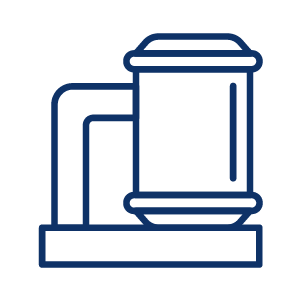
Scenario 2: Grey infrastructure upgrade
- 100% of lake periphery is connected to upgraded sewage treatment plants.
- Sewage of treatment plants and pumping stations are powered by solar PV with battery storage. Plants will therefore operate irrespective of blackouts. Sewage outflow will continue to occur during heavy rainfall.
- On-site sewage treatment for all lake dwellers and houseboats.
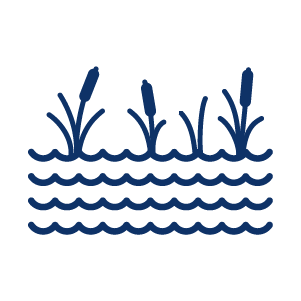
Scenario 3: Hybrid infrastructure upgrade
- Construction of 500 hectares of artificial wetland to complement the upgraded sewage treatment solutions in Scenario 2.
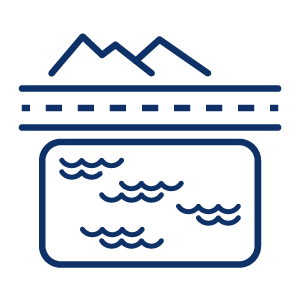
Scenario 4: Constructing the Western Foreshore Road and hybrid infrastructure
Building of the 20-km Western Foreshore Road along Lake Dal.- All conservation measures of Scenario 3 remain.
SAVi Results: Integrated Cost-Benefit Analysis
In Scenario 0, we note a continuous downward spiral of the water quality in Lake Dal. In fact, the integrity of the lake will continue to deteriorate, causing severe revenue shrinkages for the tourism industry in Srinagar and threatening the existence of the local fishery industry by 2060.
Scenario 1 examines the costs and benefits related to only treating sewage released by the houseboats. The benefits are extremely negligible and the required investment of INR 768 million will not be worthwhile. This is confirmed by negative net results.
In Scenario 2, the grey infrastructure upgrade presents an intermediate solution. The benefits of INR 237 billion significantly outweigh the associated investment of INR 15.6 billion.
Scenario 3, the hybrid infrastructure upgrade, brings the highest net benefits for Srinagar at INR 360 billion. It pays to invest in the construction of an artificial wetland as the net benefits are 62% higher compared to Scenario 2 while the investments only increase by 8.6%.
Scenario 4 has lower net benefits than the hybrid infrastructure upgrade because of expenditures for the construction and maintenance of the Western Foreshore Road. Benefits are also lowered due to the large-scale damage the sealed road surface and new encroachment will bring to the water quality and integrity of the lake. Compared to the hybrid intervention scenario, the road will reduce revenues to the tourism and fishery industries by more than INR 72 billion until 2060.
The Next Steps
This project and analysis was halted in June 2018 when Governor’s Rule was imposed in the State of Jammu & Kashmir.
Should the project have continued, IISD would have proceeded to complete valuations on:
- Real estate, land value capture and associated contributions to the tax revenues for the local and state government.
- Additional Infrastructure services provided by Lake Dal, in terms of irrigation, water storage
and water supply. We would have also compared these values to the capital and operating costs of built infrastructure.
Thereafter, we would have used these valuations to determine if public–private partnerships could be used to finance and execute the lake conservation measures discussed in this report.
IISD looks forward to continuing work on SAVi and sustainable infrastructure with stakeholders in India. Access our report or brochure of this assessment to learn more.
